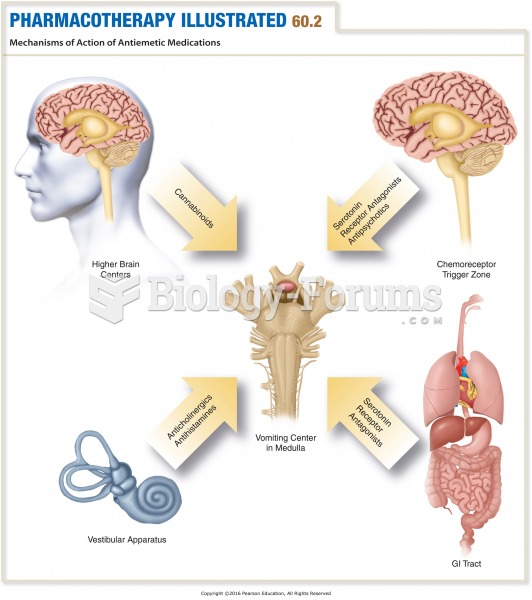Answer to Question 1
An ideal response will:
1, Compare nonviolent direct action and litigation, noting that both were techniques successfully used to advance the civil rights movement.
2, Contrast nonviolent direct action and litigation, noting that direct action entails breaking the law, while litigation entails using the law.
3, Make an argument that either direct action or litigation was a more successful strategy during the civil rights movement. Direct action led to public uproar in the North over discriminatory and segregationist laws in the South. This eventually led Congress to enact the Civil Rights Act and the Voting Rights Act. Litigation, however, brought down Jim Crow laws (Brown v. Board) without using young people as human targets, as often occurred during direct action events.
Answer to Question 2
An ideal response will:
1, Explain that state action is the Supreme Court interpretation of the equal protection clause holding that the clause prohibited unfair discriminatory actions by government, not by private individuals.
2, Discuss how Congress justified the Civil Rights Act of 1964 not in terms of the equal protection guarantee of the Fourteenth Amendment, but by linking the law to Congress's power to regulate commerce. The Supreme Court in 1937 established a generous definition of interstate commerce that vastly expanded the power of the federal government. As a result, if Congress could link discrimination to impediments and distortions in the flow of commerce, it could regulate discriminatory actions in the private sector. After 1964, Congress justified all civil rights legislation that affected the private sector either on interstate commerce grounds or as an extension of Congress's control over federal spending.
3, Include examples such as the Civil Rights Act of 1964 that denied federal funds to any program or activity that discriminated or the Civil Rights Act of 1968, which prohibited discrimination in the sale, rental, financing, or advertising of housing on the basis of race, color, religion, or national origin,







